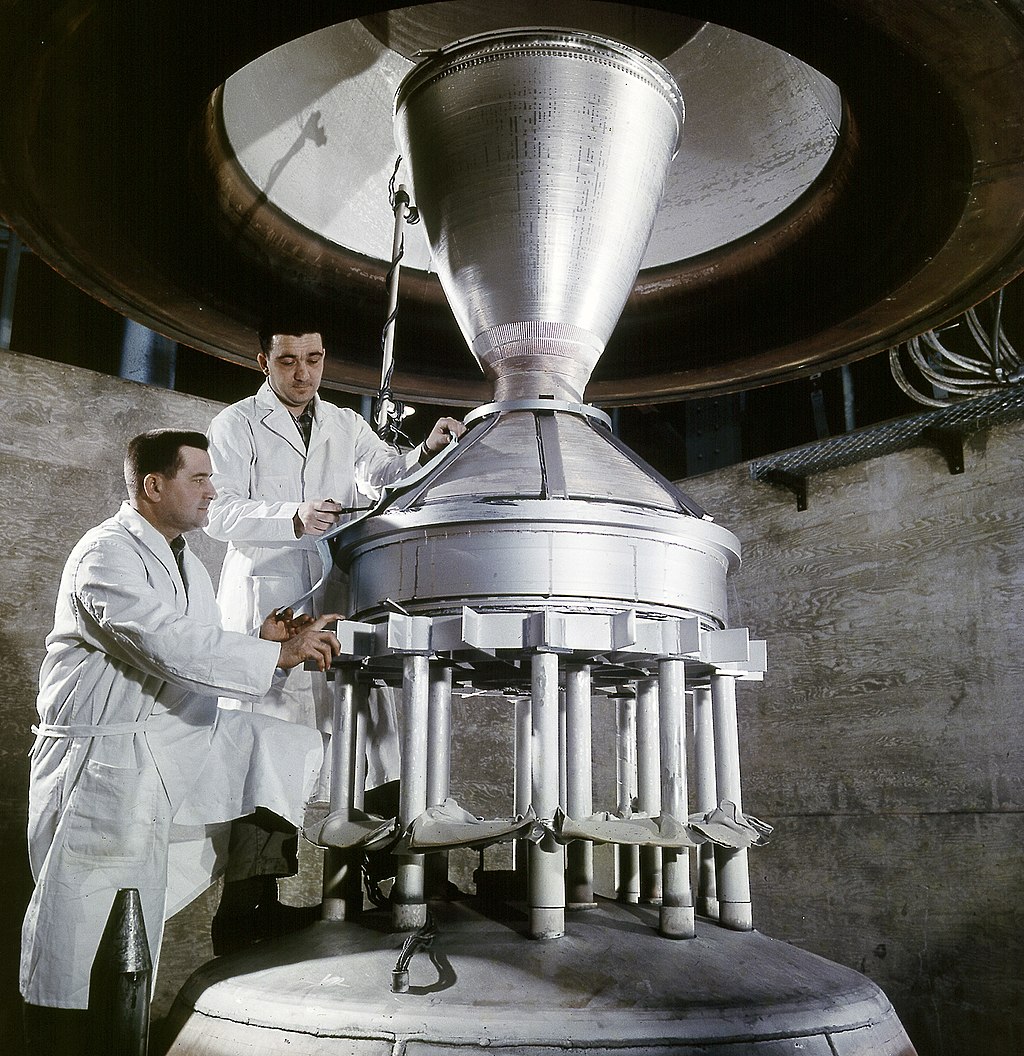USA's NERVA Program: Pioneering Nuclear Thermal Rocket Propulsion
Introduction

In the midst of the space race during the Cold War, the United States embarked on an ambitious project that would redefine space exploration: the Nuclear Engine for Rocket Vehicle Application (NERVA) program. This groundbreaking initiative aimed to harness the power of nuclear energy to propel spacecraft into the cosmos. In this article, we will delve into the history, technology, and legacy of the USA's NERVA program.
A Bold Vision
The NERVA program, initiated in the late 1950s and led by the U.S. Atomic Energy Commission (AEC) in collaboration with NASA, was conceived as a response to the challenges of deep space exploration. Conventional chemical rockets had limitations in terms of energy efficiency, making them ill-suited for missions to distant planets and beyond. NERVA aimed to overcome these limitations by using nuclear thermal propulsion.
The Nuclear Thermal Rocket
The key innovation behind NERVA was the nuclear thermal rocket (NTR). Unlike traditional chemical rockets that rely on the combustion of propellants, NTRs used a nuclear reactor to heat a propellant, typically liquid hydrogen. This superheated propellant was expelled at high velocities through a rocket nozzle to produce thrust.
The advantages of NTRs were clear:
- Exceptional Efficiency: Nuclear thermal rockets could achieve much higher specific impulse (a measure of propulsion efficiency) compared to chemical rockets, enabling faster and more efficient space travel.
- Greater Payload Capacities: The improved efficiency meant that NERVA-powered spacecraft could carry larger payloads, making them ideal for deep space exploration missions.
- Reduced Travel Times: NTRs could dramatically reduce the travel time to distant celestial bodies, opening up new possibilities for scientific exploration and manned missions to Mars and beyond.

